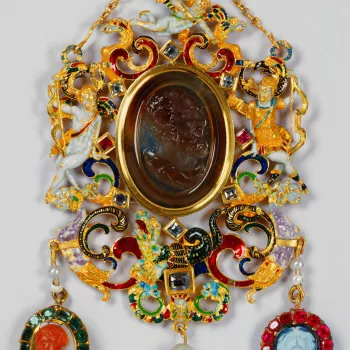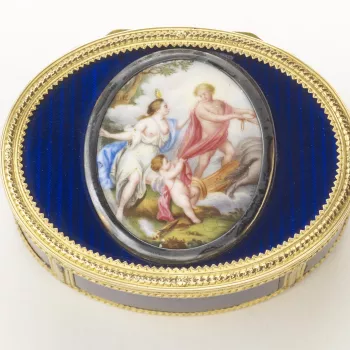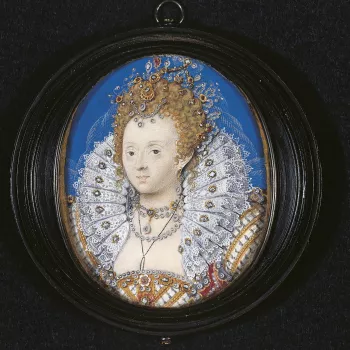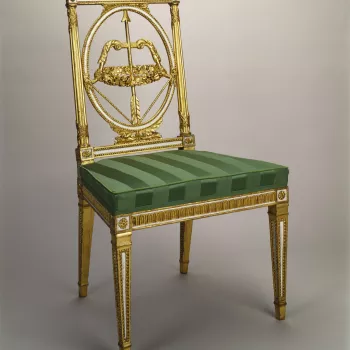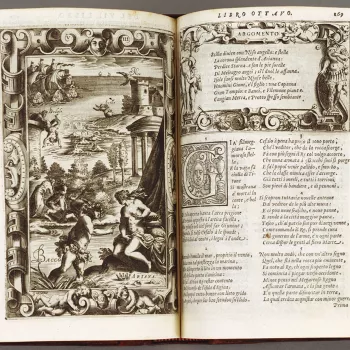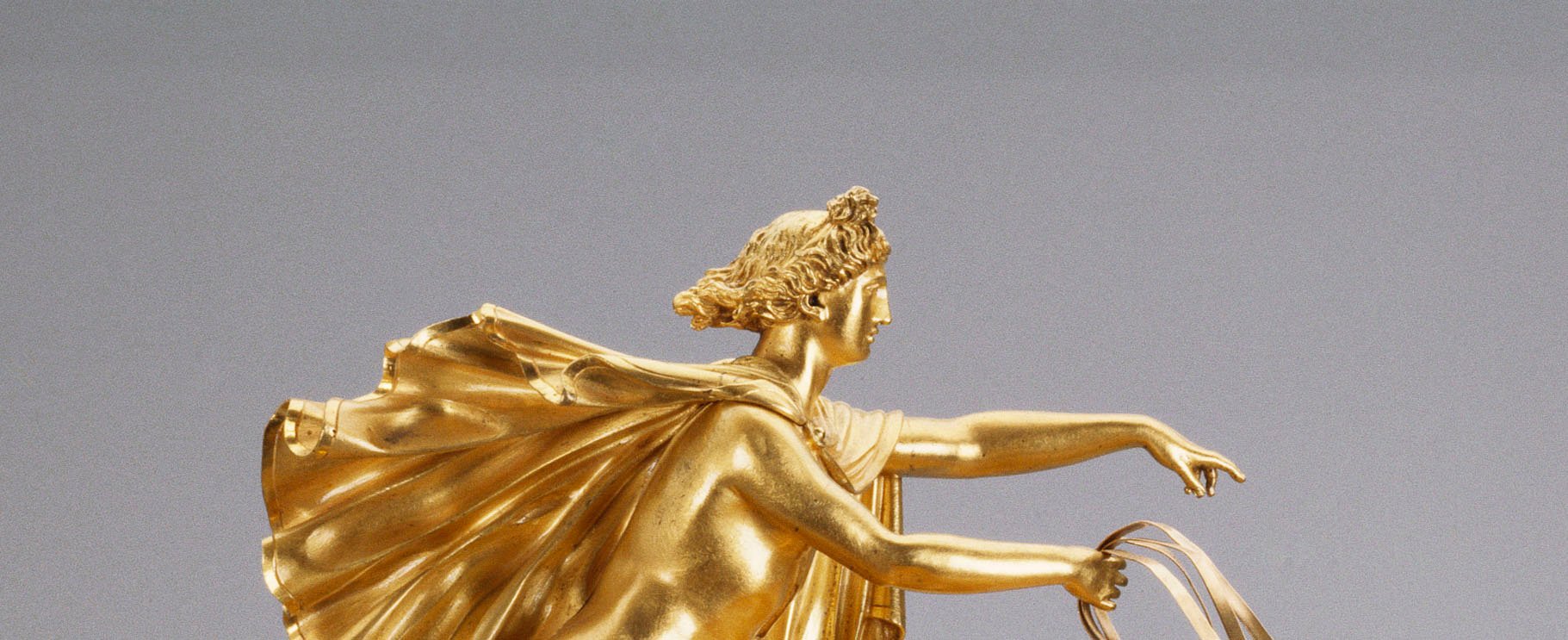
Mythology
The word mythologia (the study of stories) was created c. 400 BC by the classical Greek philosopher Plato. Myths are heroic tales about gods, goddesses, demi-gods, men and animals, based on folk tradition rather than fact and concerned with universal human situations and emotions: courage, transformation, war, jealousy and love.
Mythological stories from ancient
Though originally folk stories, these myths also formed the bases for the greatest works of Greek and Roman literature, which have inspired artists (and writers) ever since. The most relevant written accounts are:
Greek ~ Homer, The Iliad and The Odyssey (c. ninth century BC).
Latin ~ Virgil, The Aeneid (29-19 BC); Ovid, Metamorphoses (eighth century AD); Lucius Apuleius, The Golden Ass (second century BC);
Renaissance Italian - Giovanni Boccaccio, Decameron (1349-52 AD) and De mulieribus claris (About Famous Women), (1361 AD).




